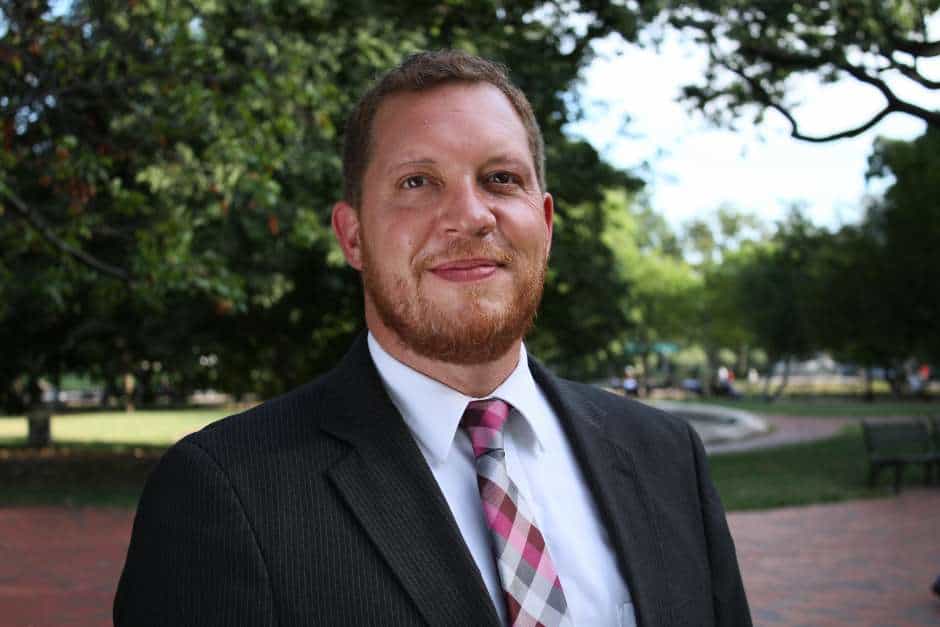Introduction
The environmental damage caused by decades of nuclear weapons production will take at least 60 more years to clean up and cost taxpayers nearly a quarter of a trillion dollars, according to the Energy Department’s latest estimate, disclosed at a Senate Armed Services subcommittee hearing on Feb. 23.
The $240 billion tally was included in prepared testimony by an official of the Government Accountability Office, who estimated that an additional $280 billion dollars will be needed to finance the U.S. government’s planned modernization of its nuclear warheads over the next 25 years.
David Trimble, who directs the GAO’s Natural Resources and Environment Division, remarked that the government faces challenges in its contracting procedures for this work, and in aligning “its plans with future budgets.” He said the Energy Department’s estimate of cleanup costs — as large at it is — was billions of dollars short of what the government will actually have to spend, because expenses associated with fixing some additional damaged sites were not included.
Trimble also noted that the government’s estimate of the final tally has been growing as the work proceeds. Over the last four years, for example, it grew by $77 billion. The Energy Department could do a better job of prioritizing cleanup work and tackling it more systematically, he said.
This year, the budget for the Environmental Management component of the National Nuclear Security Administration (NNSA) is $6.2 billion. President Barack Obama’s budget request for fiscal year 2017 seeks $6.1 billion — a 1.6 percent reduction from the current level.
Environmental Management oversees projects that include the stabilization and disposal of liquid waste held in tank farms at the Hanford Nuclear Site, uranium disposal at Oak Ridge National Laboratory in Tennessee, general cleanup of the highly plutonium contaminated grounds of Los Alamos National Laboratory in New Mexico and many more tasks.
While cleanup would get cut back, Obama has proposed to increase spending on weapons modernization in the NNSA budget, from $8.8 billion to $9.2 billion, a 4.5 percent increase.
Monica Regalbuto, the Energy Department’s assistant secretary for Environmental Management, said her division has set clear priorities, beginning with reopening the Waste Isolation Pilot Plant in New Mexico. The deep geological repository for nuclear waste produced by the weapons program has been shut down since February 2014, when a series of accidents led to its contamination and a radiation leak escaped into the environment.
The plant plays a key role in the national nuclear cleanup campaigns, and while it’s been shut, waste is piling up at sites around the country that are ill-equipped for long-term storage of such hazardous materials. Regalbuto said the repository is on track to begin accepting waste again in December 2016.
Subcommittee chairman Sen. Jeff Sessions, R-Alabama, criticized the NNSA for exceeding its budgets for such work and missing deadlines. “We’re giving people pink slips that want to stay in the military,” he said, because the nuclear work requires more funding than anticipated.
Read more in National Security
National Security
Bio-threat protections inadequate
Ebola, Zika outbreaks underscore continuing threats, but reports say government response is weak, disorganized
Up in Arms
Belgium orders immediate security upgrade at its nuclear sites
After long relying on unarmed guards, Belgium decides to send soldiers with weapons to safeguard its reactors from a terrorist attack


Join the conversation
Show Comments